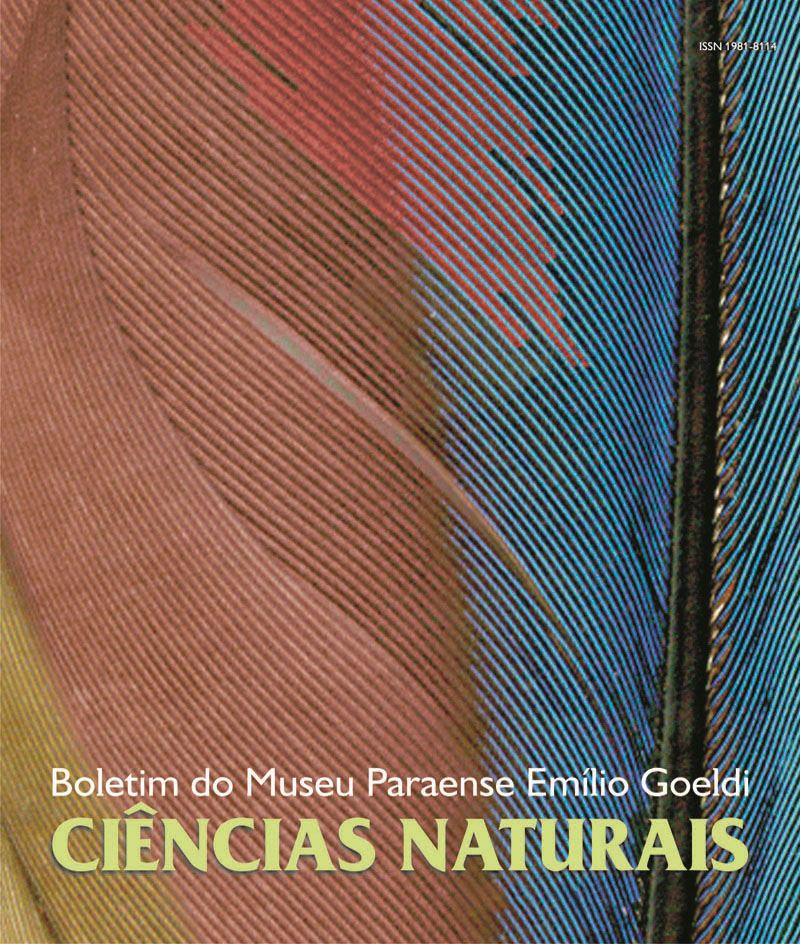Dynamic of vegetal cover and land use in the city of San Francisco of Pará (Pará, Brazil) using the remote sensing technique
DOI:
https://doi.org/10.46357/bcnaturais.v3i1.689Keywords:
Remote Sensing, Vegetal cover, Land Use, Remanent and successional forestsAbstract
This paper deals with integration of the remote sensing technique to vegetal cover and land use information about the city of San Francisco do Pará (Bragantina region, Pará, Brazil) which has a long history (more than a century) of land usage. Landsat TM5 (1995) and TM7 (1999) images were used, which were corrected and classified. The averages of gray level values were selected and used as parameters for grouping forests of three, six and ten years old (initial successional forest), 20 years old (intermediate successional forest) and 40 and 70 years old (advanced successional forest). After that, an interpretation key based on image visual characteristics (shape, texture, tonality) was created to distinguish among dense umbrophylous forest (terra firme and igapó), successional forests (initial, intermediate and advanced), pasture, crop, and exposed soil. The study revealed a decrease of 8.04% in forest areas. The land use study showed an increase of 5.80% for pasture, and a decrease of 2.81% for agricultural areas, characterizing a region that tends to show increased cattle breeding.
Downloads
Published
Issue
Section
License
Publication means fully assigning and transferring all copyrights of the manuscript to the journal. The Liability Statement and
Assignment of Copyrights will be enclosed with the notice of acceptance. All the authors must sign the document and return it to the journal.








